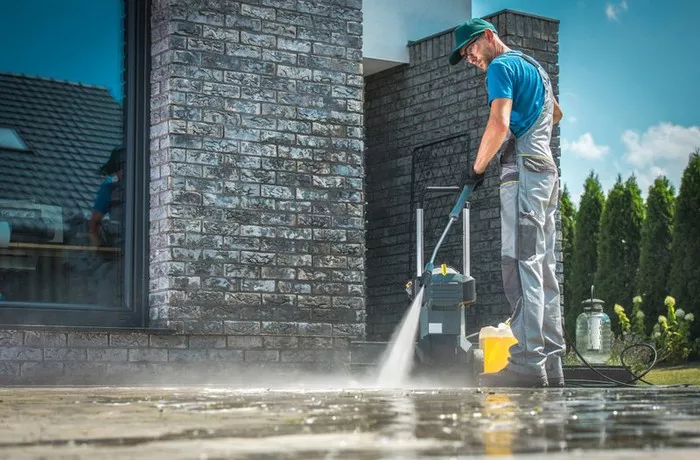Pressure washing has become a quintessential tool in maintaining the cleanliness and aesthetics of various surfaces, from driveways and decks to siding and vehicles. With the rising popularity of do-it-yourself (DIY) projects, many homeowners are eager to wield the power of a pressure washer themselves. However, operating these machines requires more than just pointing and spraying. Professional guidance is essential to ensure safety, efficiency, and optimal results.
What is DIY pressure washing
Before diving into the specifics of pressure washing, it’s crucial to understand the underlying principles and equipment involved. Pressure washers utilize a high-pressure stream of water to remove dirt, grime, mold, and other contaminants from surfaces. They come in various types, including electric, gas-powered, and even portable models. Each type has its own set of advantages and limitations, so choosing the right one for your needs is paramount.
When embarking on a DIY pressure washing endeavor, preparation is key. “Proper preparation prevents poor performance,” says John Smith, a seasoned pressure washing expert with over a decade of experience. “Before firing up your pressure washer, take the time to assess the surface you’ll be cleaning and any potential obstacles or delicate areas that need special attention.”
What Should We Do Before Starting DIY Washing
Smith emphasizes the importance of selecting the appropriate nozzle and pressure settings for the task at hand. “Using the wrong nozzle or setting the pressure too high can damage surfaces or cause injury,” he warns. Most pressure washers come with a variety of nozzles, each designed for specific applications ranging from gentle rinsing to intense stripping. Refer to the manufacturer’s guidelines and start with the mildest setting, gradually increasing pressure as needed.
Proper technique is another crucial aspect of DIY pressure washing. “Maintaining a consistent distance and angle from the surface is vital to achieving uniform results,” advises Smith. “Too close, and you risk causing damage; too far, and you might not effectively clean the surface.” Additionally, he recommends working in manageable sections and overlapping strokes to ensure thorough coverage.
Safety should always be a top priority when operating a pressure washer. “Wearing appropriate protective gear, such as goggles, gloves, and sturdy footwear, can prevent accidents and injuries,” notes Smith. Moreover, he stresses the importance of reading the instruction manual thoroughly and familiarizing oneself with the machine’s controls and safety features.
After completing the pressure washing process, proper cleanup and maintenance are essential to prolonging the lifespan of your equipment. “Flushing out any remaining detergent and debris from the system, as well as storing the pressure washer in a dry, ventilated area, can prevent corrosion and damage,” advises Smith. Regular inspection of hoses, nozzles, and other components for signs of wear and tear is also recommended.
Conclusion
While DIY pressure washing can yield satisfying results, it requires careful planning, preparation, and execution. By following professional guidance and adhering to safety protocols, homeowners can harness the power of pressure washers effectively and efficiently, enhancing the cleanliness and appeal of their properties.
FAQs
Q1: Can I use a pressure washer to clean my car?
A1: Yes, you can use a pressure washer to clean your car, but it’s crucial to use the appropriate nozzle and pressure settings to avoid damaging the paint or causing water intrusion. Start with a low-pressure setting and a wide-angle nozzle, and maintain a safe distance from the surface of the vehicle. Additionally, avoid directing the stream of water directly at sensitive areas such as door seals, windows, and exhaust pipes.
Q2: Is it safe to pressure wash my roof?
A2: Pressure washing a roof can be risky and is not recommended for most homeowners. High-pressure water can dislodge shingles, cause leaks, and damage underlying roofing materials. Moreover, walking on a wet and slippery roof poses a significant safety hazard. Instead, consider alternative methods such as gentle scrubbing with a soft brush and mild detergent or hiring a professional roof cleaning service that utilizes low-pressure techniques.
Q3: Can I use bleach or other chemicals in my pressure washer?
A3: While some pressure washers are designed to accommodate detergents and cleaning solutions, it’s essential to use caution when using chemicals. Consult the manufacturer’s guidelines to determine compatibility and proper dilution ratios. Avoid using bleach or other harsh chemicals that may damage surfaces or harm vegetation. When in doubt, opt for environmentally friendly and biodegradable cleaners specifically formulated for pressure washing applications.

